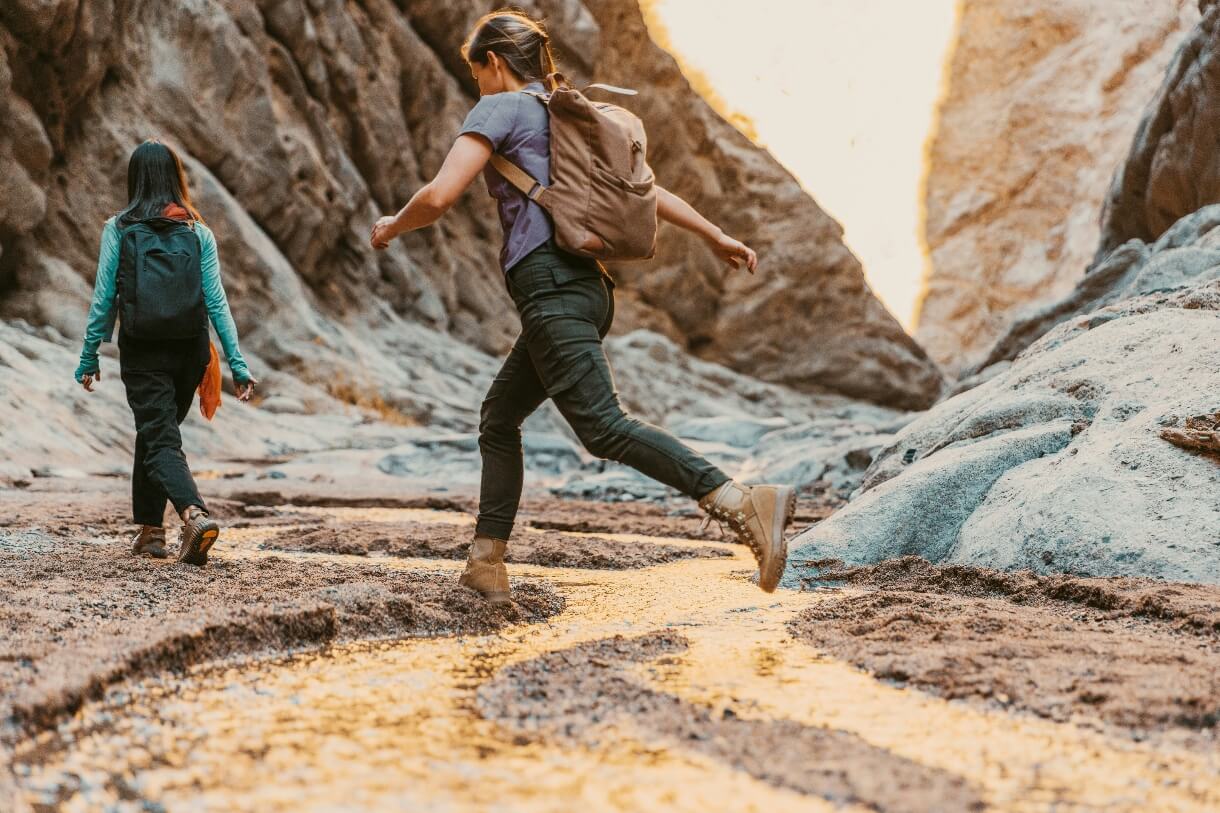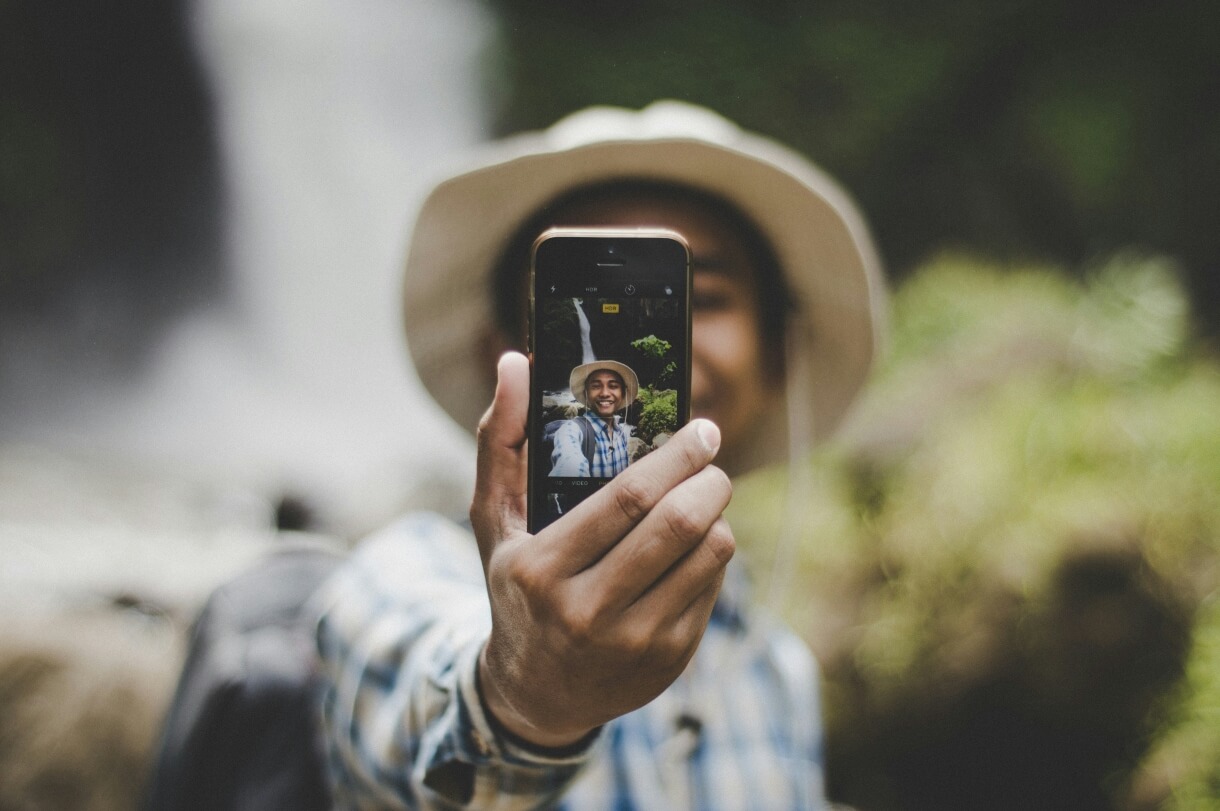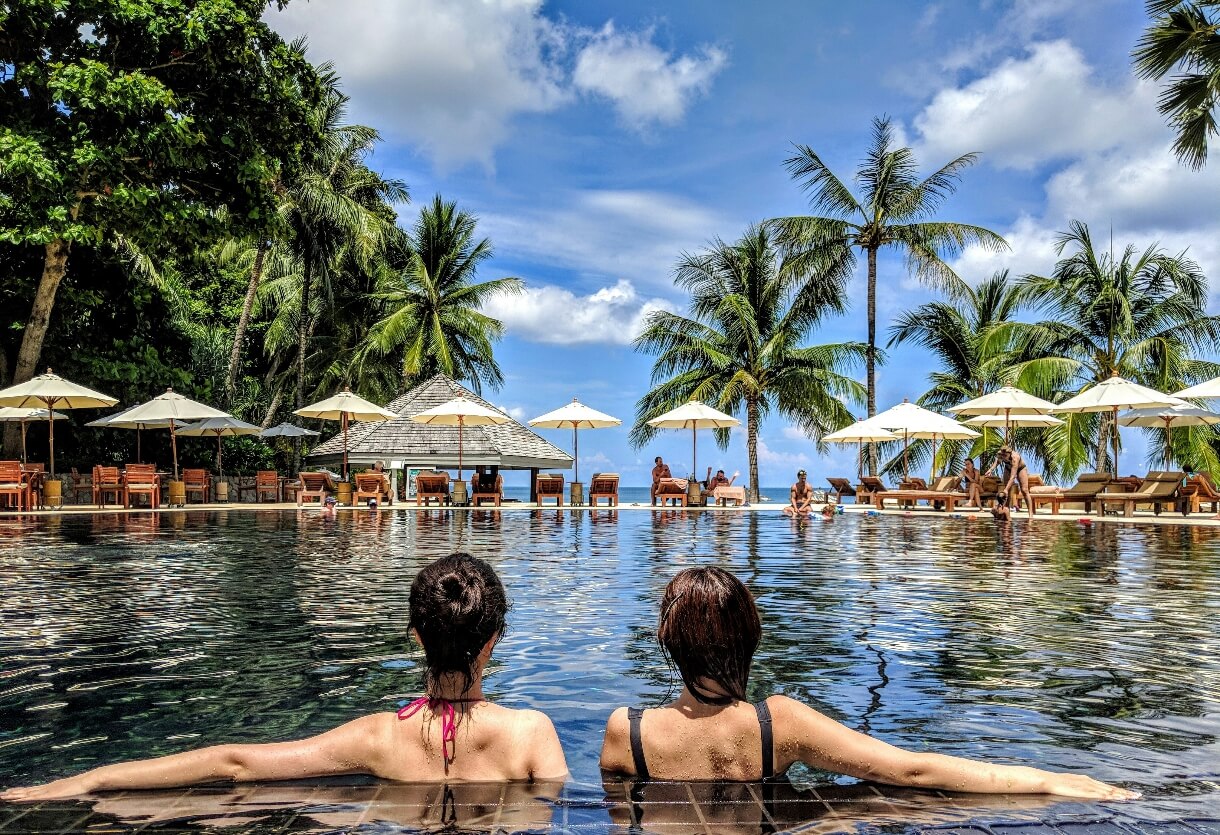Social media marketing stands as a cornerstone for building, engaging, and retaining a robust customer base. It wields the power to shape customer perceptions, augment attraction towards products and services, and, for travel businesses, serve as a pivotal means to connect with potential guests.
Content
- Defining goals of social media marketing
- Knowing your target audience
- Choosing the right channels for your social media marketing
- Staying consistent
- Leading your followers
- Understand social media marketing numbers
- Focus on responsiveness and personalization
- Incorporating AI into social media strategies in the travel sector
- Embrace social SEO
- Master the art of storytelling:
- Conclusion
Defining goals of social media marketing
I observe that many travel company owners feel pressured to establish a presence on social media. However, not everyone understands how this presence is meant to serve them. While the number of likes and followers might stroke our ego, it doesn’t necessarily translate into tangible results.
In the pursuit of numbers, desperate measures are sometimes taken, such as buying followers. Not only are these practices condemned by Facebook, but these acquired followers also fail to bring any meaningful business.
At times, it’s more beneficial to cultivate a small group of loyal fans who deliver real results.
To truly harness the potential of social media in your marketing strategy, it’s essential to define the goals you want to achieve. Depending on the stage of development of your tourism brand, your goals may evolve. Here are a few examples:
- Increasing brand awareness
- Spreading knowledge about the product
- Education
- Sales
- Redirection to other channels
- Building an expert position
- Networking
What defines proper marketing goals?
- Measurable
- With clearly defined time frames
- Achievable
- Relevant to your business
Read more: Social media content ideas for the travel and hospitality business business
Knowing your target audience
Skillful determination of your target group is one of the most crucial activities related to social media marketing strategy. If you haven’t identified your ideal client yet, it’s imperative to do so as soon as possible.
Knowing the people potentially interested in your tourist offer will assist you in building an effective strategy. Skipping this step may result in not meeting their basic needs, thereby hindering the establishment of trust.
To bring tangible results with your social media strategy, what information should you collect about your target group?
- Demographic characteristics: Age, place of residence, social status, and earnings. This data can help you focus your actions and invest money in the most effective tools.
- Psychographic features: Often overlooked, yet sometimes even more important than mere numbers and facts. This category addresses questions such as what your guests need, what they are afraid of, and what problems they encounter. Understanding these aspects enables you to shape your social media strategy in a way that corresponds to the aspirations and preferences of your guests.
We talked more about building an ideal guest profile in our free webinar: Webinar: Create a travel offer using design thinking methodology
Choosing the right channels for your social media marketing
As more voices join the chorus, entrepreneurs are growing weary of the social media race for more likes and followers. The plethora of social media channels often leaves us feeling fatigued and burnt out from the constant creation of content. What’s more, the pursuit of quantity over quality to appease the algorithms exacerbates the challenge.
It’s crucial to remember that despite the myriad options available today, your tourist brand doesn’t need to be present on every platform. Understanding the profile of your ideal guest allows you to assess which social media channels are truly worth your effort. Focus on those that bring tangible benefits, where your potential guests actually spend their time.
To enhance the effectiveness of your social media strategy, consider skillfully recycling your content. If you have a blog on your website, repurpose some of this content on Instagram or Facebook. This approach not only streamlines your efforts but also helps you avoid unnecessary labor.
Staying consistent
I emphasize to my clients, with whom I work on brand strategy, that there is no more effective way to build an image on social media than to be consistent. This applies to both the graphics (visual identity, templates) and the frequency of posting.
Consistency can also be a path to creating interesting content. Perhaps your audience will appreciate the concept of regular live meetings or an engaging series of posts.
Leading your followers
Many hotel owners or travel agencies often make the same mistake. They focus so much on gaining followers that they forget having a brand on social media is more like a tool that should guide them in the right direction.
Once you know your goals and the effects you aim to achieve through your marketing strategy, whether it’s brand awareness, education, or sales, ensure your fans know the next steps to make your brand successful.
If your goal is to educate, guide them to your blog or YouTube channel, where they can delve deeper into the topic of the post. If your primary goal is to drive bookings include the right call to action and transfer them to your website where they can easily buy your service.
Understand social media marketing numbers
Both brand strategy and marketing strategy are elements that should be regularly updated based on data insights. By utilizing the analytical tools provided by platforms like Facebook or Google, you can implement changes to make your activities even more effective.
One of the crucial aspects to understand about your audience is when they are most active on social media, including the specific hours and days. Additionally, identify the types of content that have been the most popular and engaging, as well as what content is most effective in achieving your goals.
Focus on responsiveness and personalization
Seventy percent of consumers expect a company to provide personalized responses (Source). But how can small travel businesses achieve these results?
Time is money. Responding promptly to customer inquiries and concerns not only demonstrates that their time is valued but also showcases the business’s commitment to delivering excellent customer service. Employing live chat support or a dedicated customer service hotline can offer immediate assistance, enhancing responsiveness and fostering customer loyalty. If hiring dedicated personnel is beyond the budget, ensuring that customers can easily contact you is the least you can do.
Additionally, more affordable customer relationship management (CRM) systems and social media analytics are available to gain insights into customer preferences, behaviors, and pain points. These tools enable more tailored and targeted responses.
Utilizing these analytics helps determine the appropriate content and messages to serve to specific customers, delivering the right information through the right channels at the right moments in a consumer’s journey.
Incorporating AI into social media strategies in the travel sector
AI has become a controversial topic in the world of marketing and design. However, more and more businesses are utilizing it to make their work efficient. Being familiar with the power of AI and what it can do for your guests will help you stay in the game.
Many entrepreneurs use generative AI to create compelling blog posts, captivating social media updates, and enticing email newsletters. It can also analyze vast amounts of data from social media platforms, identifying trending travel topics or viral destinations. This information can be used to manage social media campaigns by scheduling posts, tracking engagement metrics, and generating the best hashtags to maintain an active, engaging, and useful social presence.
For more advanced users, AI can analyze customer data and offer personalized suggestions for tours and activities based on individual preferences. This personal touch increases the likelihood of customers choosing tours that align with their interests, resulting in higher satisfaction.
Incorporate chatbots powered by AI technology to provide immediate assistance to travelers, answering common questions and providing recommendations based on the traveler’s needs. This can improve customer satisfaction by offering fast and convenient support, without the need for human intervention.
Embrace social SEO
The most basic step you can take for your social media profiles is to conduct keyword research. Identify relevant and high-traffic keywords related to the travel industry, destinations, and services using tools like Google Keyword Planner, SEMrush, or Ahrefs. This will help you pinpoint the most valuable keywords to target in your social media content.
Incorporating these relevant keywords into your social media captions can enhance the discoverability of your posts. Additionally, using industry-specific hashtags related to travel, tourism, and specific destinations can further increase the visibility of your content to users interested in those topics.
Furthermore, user-generated content related to travel experiences, destinations, and services often naturally includes relevant keywords. Integrating such content can significantly boost the discoverability of your social media profiles and posts.
In conclusion, maintaining a consistent posting schedule is essential to keep your audience engaged and signal to social media algorithms that your content is relevant and valuable. Consistency plays a crucial role in improving the discoverability of your content over time.
Master the art of storytelling:
To captivate and forge deeper connections with the audience, it is imperative to weave compelling stories seamlessly into the content. Achieving this requires employing various strategies, such as visual storytelling, adapting the narrative to suit the chosen channel, and adhering to a well-defined structure.
Visual storytelling is a potent tool, leveraging images, screenshots with annotations, charts, and graphs to enhance the emotional resonance of the ideas presented. These visuals not only break up lengthy blocks of text but also stimulate engagement by appealing to the brain’s rapid processing of images.
Furthermore, tailoring the story to fit the specific channel is crucial. Social media platforms thrive on concise, engaging narratives, while blogs and articles provide the canvas for more profound stories, complete with captivating headlines and a meticulously structured flow.
Lastly, adhering to the right narrative structure is pivotal. A story with a clear beginning, middle, and end, featuring essential elements like characters, conflicts, resolutions, and plot, ensures a compelling and cohesive narrative. For instance, introducing a character facing a challenge in the beginning, followed by their adoption of a solution in the middle, creates a storyline that resonates with the audience.
Conclusion
The journey doesn’t conclude with the strategies outlined but rather extends into a continuous exploration and adaptation. It becomes crucial to stay attuned to emerging trends, evolving algorithms, and shifting consumer behaviors. The integration of AI and the embrace of social SEO are stepping stones in a broader landscape of innovation. As travel businesses, the commitment to responsiveness, personalization, and the relentless pursuit of excellence in customer engagement remains paramount. The stories we tell, woven seamlessly into the fabric of our content, create a tapestry that not only captures attention but forges lasting connections with our audience. Here’s to the continuous journey of exploration, innovation, and storytelling in the captivating realm of social media marketing for the ever-aspiring travel industry. Safe travels on this digital odyssey!





